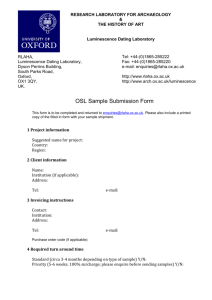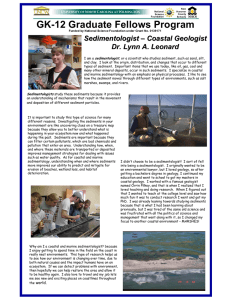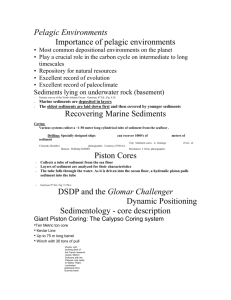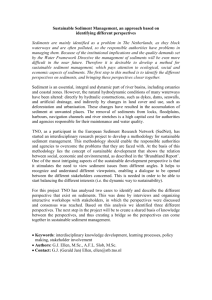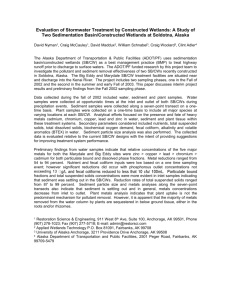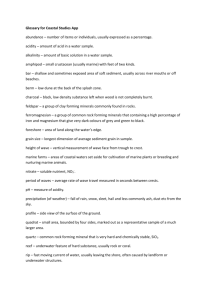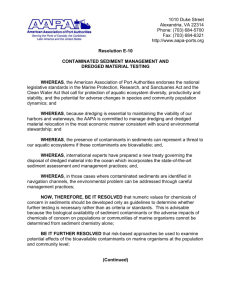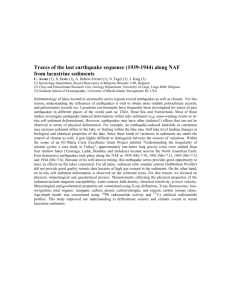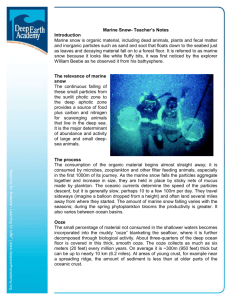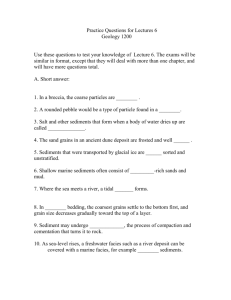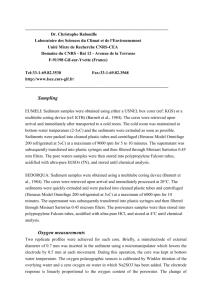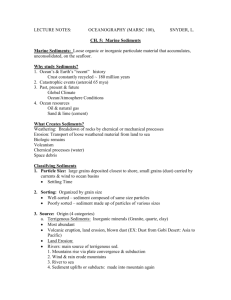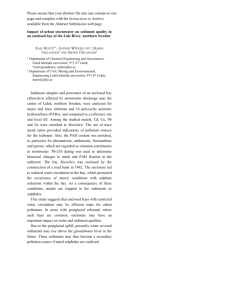Richir et al._SETAC_submitted
advertisement
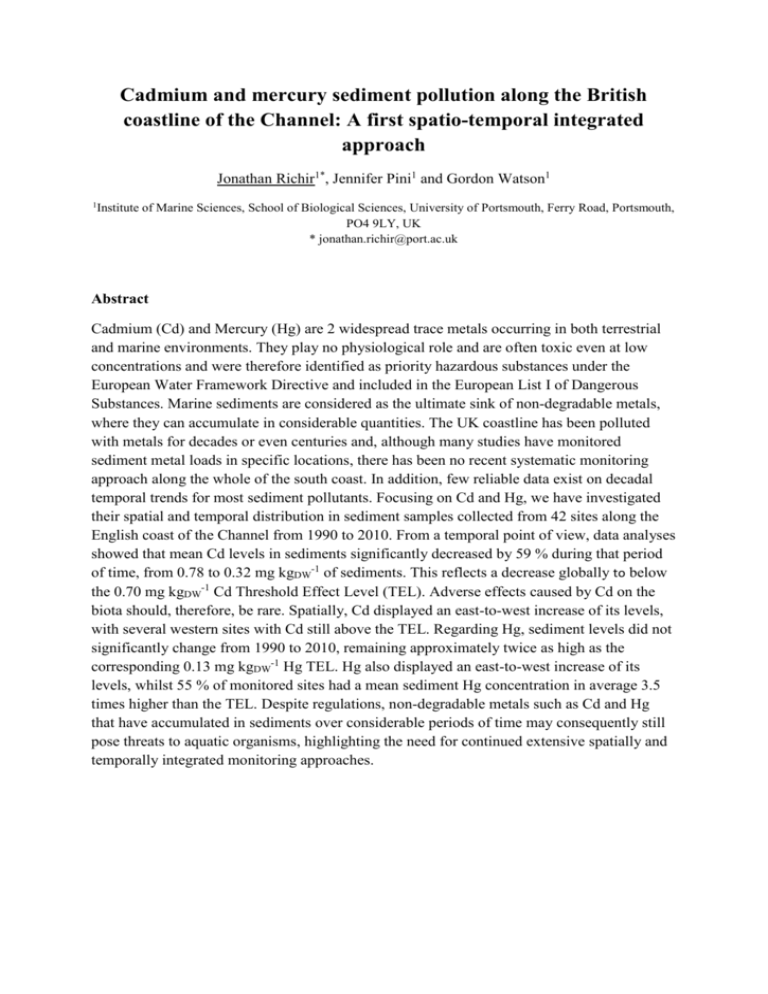
Cadmium and mercury sediment pollution along the British coastline of the Channel: A first spatio-temporal integrated approach Jonathan Richir1*, Jennifer Pini1 and Gordon Watson1 1 Institute of Marine Sciences, School of Biological Sciences, University of Portsmouth, Ferry Road, Portsmouth, PO4 9LY, UK * jonathan.richir@port.ac.uk Abstract Cadmium (Cd) and Mercury (Hg) are 2 widespread trace metals occurring in both terrestrial and marine environments. They play no physiological role and are often toxic even at low concentrations and were therefore identified as priority hazardous substances under the European Water Framework Directive and included in the European List I of Dangerous Substances. Marine sediments are considered as the ultimate sink of non-degradable metals, where they can accumulate in considerable quantities. The UK coastline has been polluted with metals for decades or even centuries and, although many studies have monitored sediment metal loads in specific locations, there has been no recent systematic monitoring approach along the whole of the south coast. In addition, few reliable data exist on decadal temporal trends for most sediment pollutants. Focusing on Cd and Hg, we have investigated their spatial and temporal distribution in sediment samples collected from 42 sites along the English coast of the Channel from 1990 to 2010. From a temporal point of view, data analyses showed that mean Cd levels in sediments significantly decreased by 59 % during that period of time, from 0.78 to 0.32 mg kgDW-1 of sediments. This reflects a decrease globally to below the 0.70 mg kgDW-1 Cd Threshold Effect Level (TEL). Adverse effects caused by Cd on the biota should, therefore, be rare. Spatially, Cd displayed an east-to-west increase of its levels, with several western sites with Cd still above the TEL. Regarding Hg, sediment levels did not significantly change from 1990 to 2010, remaining approximately twice as high as the corresponding 0.13 mg kgDW-1 Hg TEL. Hg also displayed an east-to-west increase of its levels, whilst 55 % of monitored sites had a mean sediment Hg concentration in average 3.5 times higher than the TEL. Despite regulations, non-degradable metals such as Cd and Hg that have accumulated in sediments over considerable periods of time may consequently still pose threats to aquatic organisms, highlighting the need for continued extensive spatially and temporally integrated monitoring approaches.



